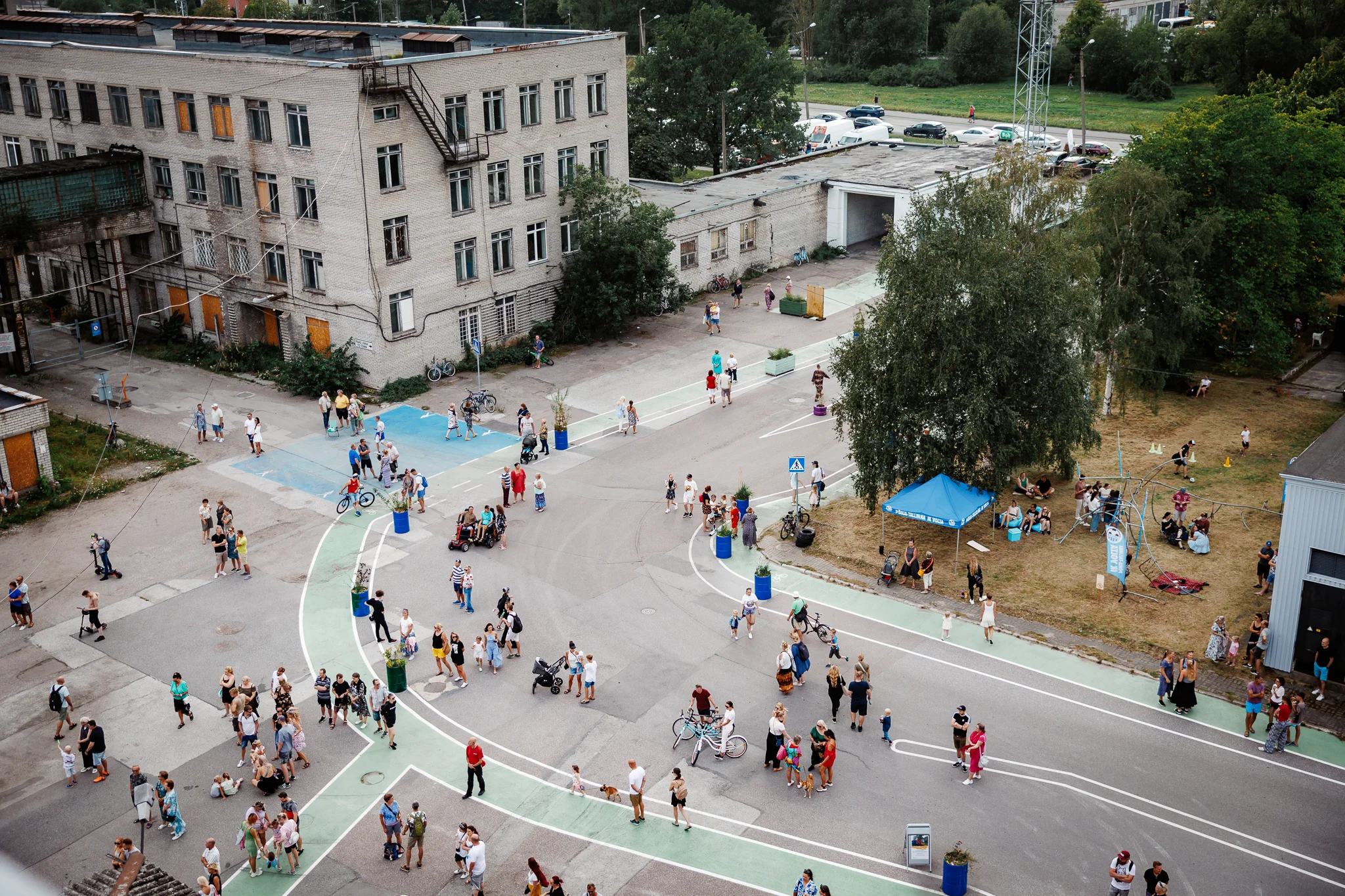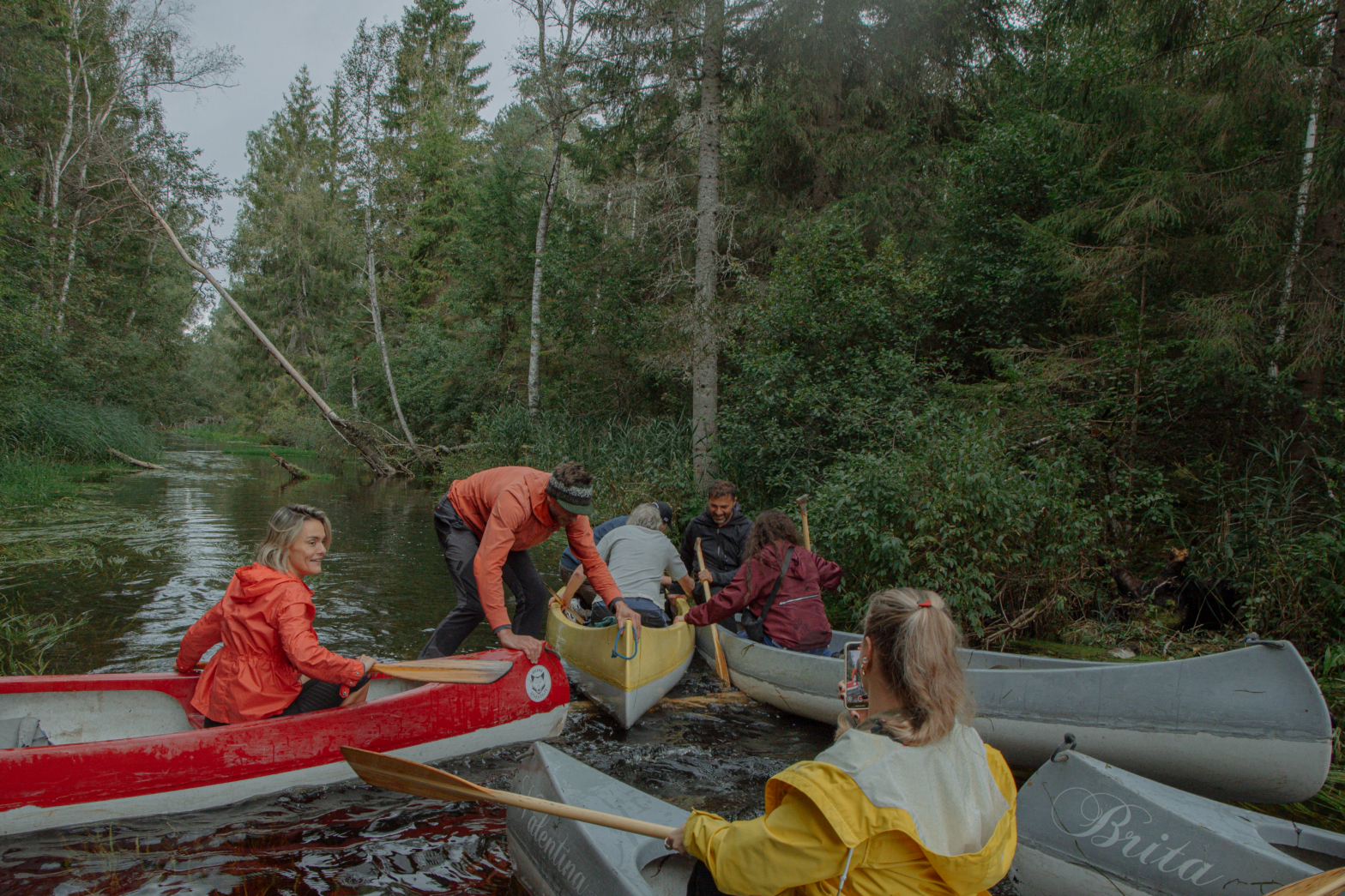When talking about the construction sector and sustainability, one question comes up more and more often: how can we make better use of the buildings and materials we already have, in a way that is both environmentally and economically sensible? FinEst Centre for Smart Cities is exploring this question in its new project “Reusing old buildings for circular construction”.
The project is led by TalTech researchers Simo Ilomets, Ergo Pikas and Wolfgang Dieter Gerstlberger and Anneli Simm from FinEst Centre for Smart Cities, with Tallinn and Valga in Estonia and Cēsis in Latvia as partner cities. Hundipea OÜ, a company planning a new urban district in North Tallinn, is also involved and hopes to apply the solutions in the near future.
“The best building for our planet is the one that doesn’t exist, because then it has no environmental impact at all. The second-best is the one that already exists and can be reused,” says project lead Simo Ilomets. According to him, this is not only about recycling individual elements or materials, it is about rethinking the entire construction process.
Using the Hundipea area as an example, Ilomets explains that the old industrial buildings there need to be transformed to create high-quality urban space. “Our goal is to find ways to adapt existing buildings or recover elements from them that can serve as donor parts for new transitional buildings,” he says. This means that “old” does not automatically mean “useless”, with the help of science and technology, old buildings can be carefully taken apart so that their components and materials can begin a new life.





